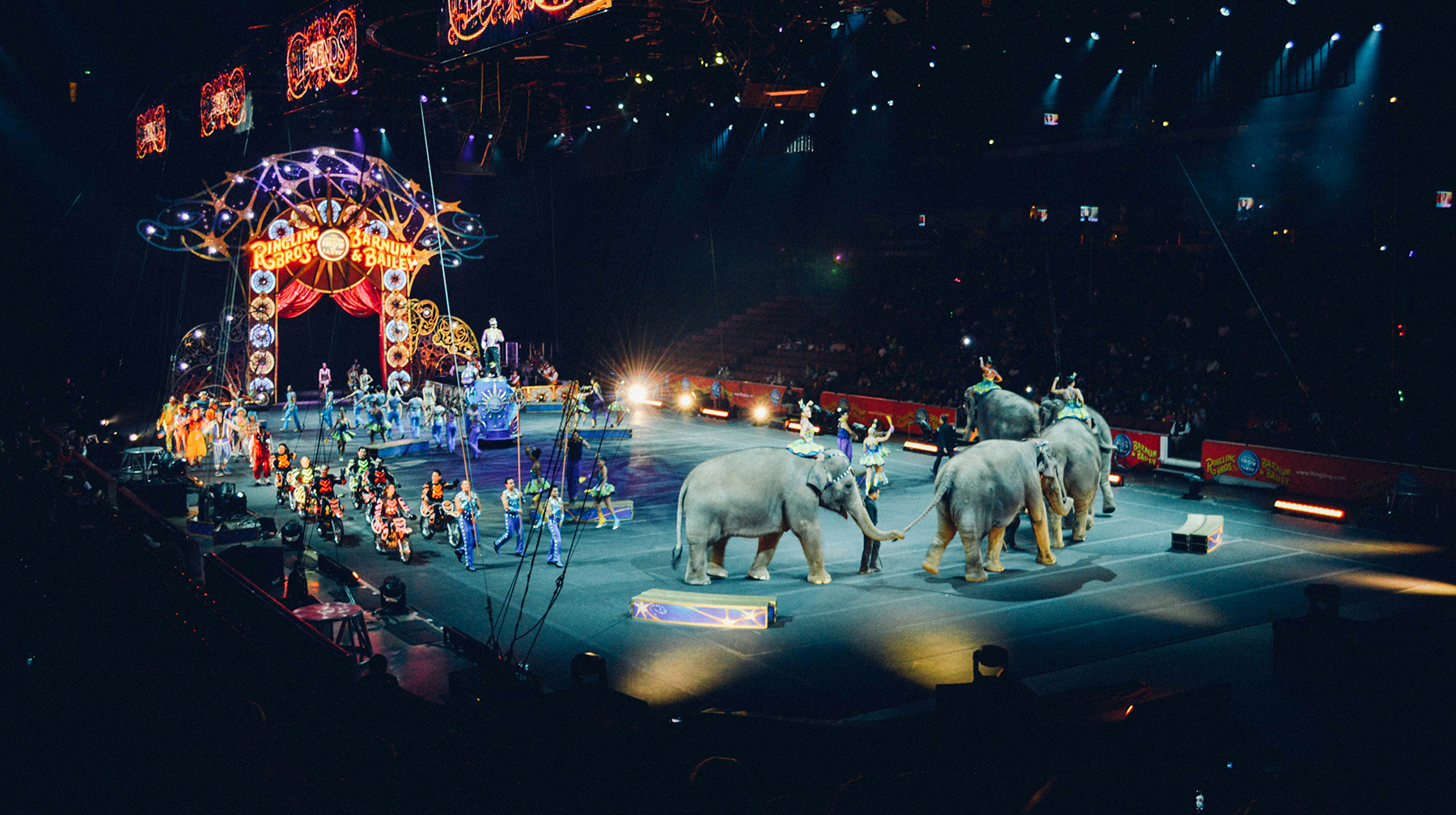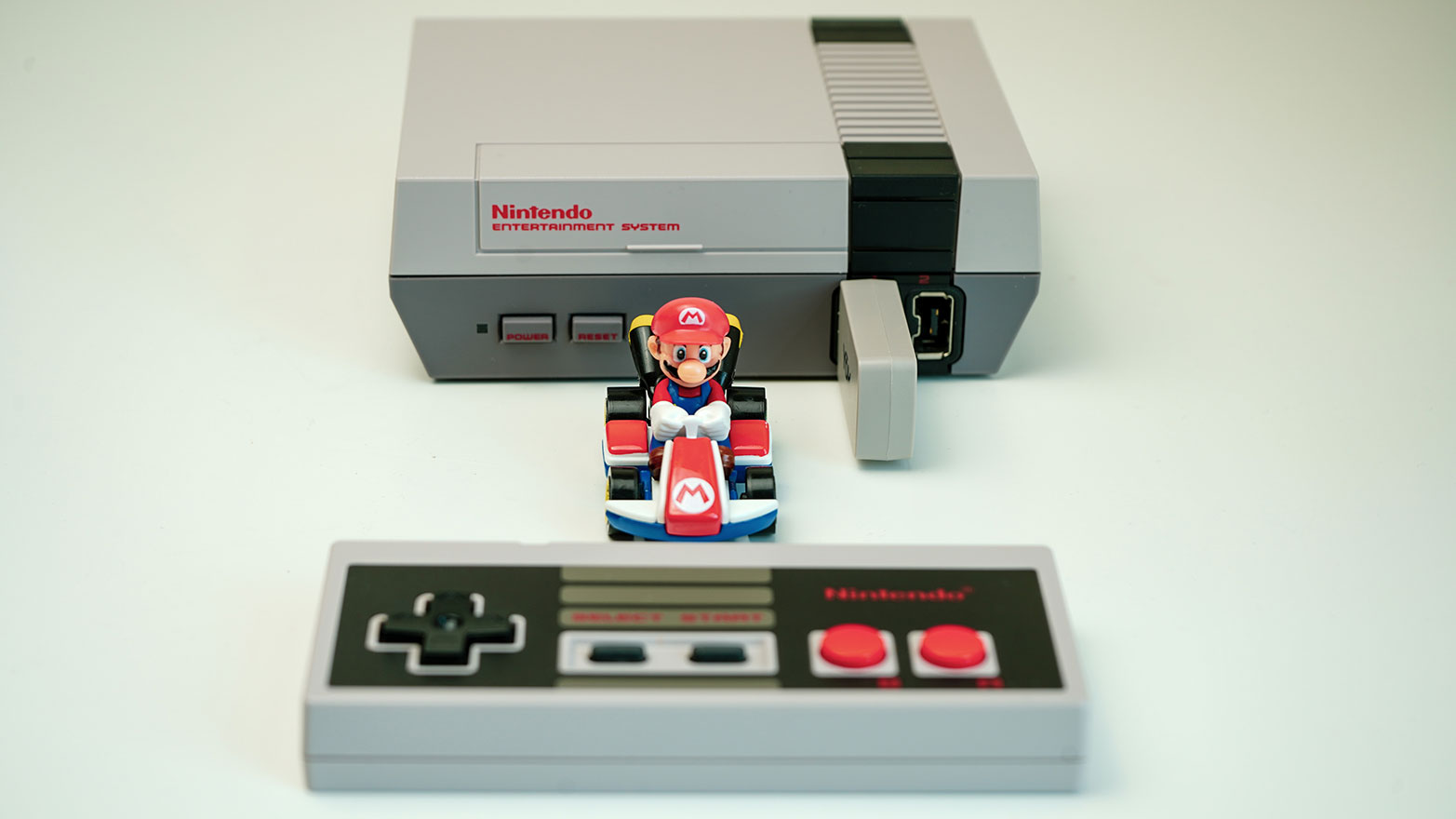
The Greatest Show on Earth
Photo by Becky Phan on Unsplash
August 2024
Everything Old
The Greatest Show on Earth
by Corbin Crable
For generations, circuses have given the American public the chance to forget their troubles and be entertained by physical comedy, fantastic feats of derring do, and pure magic. And for more than a century, the Ringling Bros. and Barnum & Bailey Circus has been synonymous with all three.
During a span of 50 years in the late 19th and early 20th centuries, the circus had only existed as the Ringling Bros. World’s Greatest Shows. But in 1919, the Ringling Bros. circus merged with that of Barnum & Bailey’s Greatest Show on Earth. Created by the legendary showman Phineas Taylor Barnum and James Bailey, the merger occurred more than a decade after Barnum’s death. Much of today’s modern audiences were introduced to Barnum in the 2017 musical “The Greatest Showman, the title character famously portrayed by Hugh Jackman.
Earlier in his career, Barnum achieved notoriety as the creator of an immeasurable number of hoaxes to get people in his seats and their money in his pockets. Among his ludicrous claims – that one of his shows included an interview with George Washington’s 161-year-old former nurse. In reality, the 80-year-old woman was a blind and nearly completely paralyzed slave woman named Joyce Heth. When Heth died, Barnum charged onlookers a 50-cent admission to view her live autopsy.
Also part of Barnum’s circus was his “freak show,” a menagerie of human curiosities that included albinos, giants, exotic women, and little people, the most famous of whom, a young man with dwarfism named Charles Sherwood Stratton, was billed as “General Tom Thumb,” whom Barnum coached on performing in front of live audiences. Barnum took Stratton on a tour of Europe, where he met Britain’s Queen Victoria, and a tour of the U.S., where Stratton and his wife, a young lady named Lavinia who also had dwarfism, met President Abraham Lincoln at the White House.
From its beginning, Barnum and Bailey’s circus mesmerized audiences with a team of variety performers, acrobats, clowns, tigers, lions, and, at its center, “Jumbo,” who Barnum marketed as the world’s largest elephant. The circus traveled the world, surviving the Great Depression and by this time known for setting up its very own big tent at every tour site. The fun under the big top was affordable, too, a place of escapism to a Depression- and war-weary public.
After World War II ended and the 1940s gave way to the ‘50s, the circus came up against its greatest challenge so far – the advent of television. To keep the show’s expenses down as their audience numbers dwindled, circus executives abandoned the big-top tent that had become one of the show’s primary features, now moving their performances to indoor venues instead.
With the 1960s came perhaps the greatest amount of change to its lineup the show had ever seen. Organizers got rid of the freakshow in order to make the circus more family-friendly; the circus even established its very own clown college in an attempt to lure newer performers to replace the older ones who were aging out of the profession. And in 1969, the once-small circus company finally went public, being sold to the Mattel Co. soon after.
Throughout the late 20th century, the circus stayed solvent with its corporate sponsors and by suspending some of its costlier, secondary ventures, such as the clown college. And in this century, Ringling Bros. and Barnum & Bailey has made headlines in the lawsuit filed against it by The Humane Society for the mistreatment of elephants. The circus, already failing to win over new audiences throughout its competition with the high-flying Cirque de Soleil, stopped using elephants in its show altogether in 2016. Of course, this proved to be a fatal move. Citing sharp declines in ticket sales, the circus announced its closure, with its final performance taking place in May 2017.
However, last year, after a six-year absence, the Ringling Bros. and Barnum & Bailey relaunched, this time having taken animals out of its shows completely. It’s now been a little less than a year since its return to the collective public eye. How will the circus fare in this, its second act, without one of its primary attractions? That, of course, remains to be seen.
But at least for now, the show must go on.
Here comes the ragman – reuse of household items has old roots
Photo by Nareeta Martin on UnsplashApril 2022Everything OldHere comes the ragman – reuse of household items has old rootsby Corbin Crable You’re going to learn quite a bit about the recycling campaigns born out of the 1960s and ‘70s in this issue of Discover...
Reading remains a lifelong love
Photo by Mael BALLAND on UnsplashMarch 2022Everything OldReading remains a lifelong loveby Corbin Crable In this issue, we will explore the rich history of children’s literature, which has given birth to generations of lifelong readers, myself included. Growing...
An ode to snow days, now gone
Photo by Jairo Gonzalez on UnsplashFebruary 2022Everything OldAn ode to snow days, now goneby Corbin Crable As I write this, temperatures in the Kansas City metro area continue to hover below freezing, with traces of snow lingering like an unwelcome dinner guest...
Original NES powers up in this issue
Photo by Ravi Palwe on UnsplashJanuary 2022Everything OldOriginal NES powers up in this issueby Corbin Crable Welcome to the January 2022 issue of Discover Vintage America! In this issue, we’ll be covering collectibles for those of a certain age – namely,...
A new website for Christmas
Photo by Domenico Loia on Unsplash December 2021Everything OldA new website for Christmasby Corbin Crable The holidays are upon us, and in the hustle and bustle that they inevitably bring, I wanted to make you aware of a few changes to Discover Vintage America’s...
A long time ago in a galaxy far, far away….
Photo by Cameron Venti on UnsplashNovember 2021Everything OldA long time ago in a galaxy far, far away….by Corbin Crable A few weeks ago, I saw an advertisement for a gentleman buying vintage toys here in Overland Park. He had set up shop at a local hotel and...







